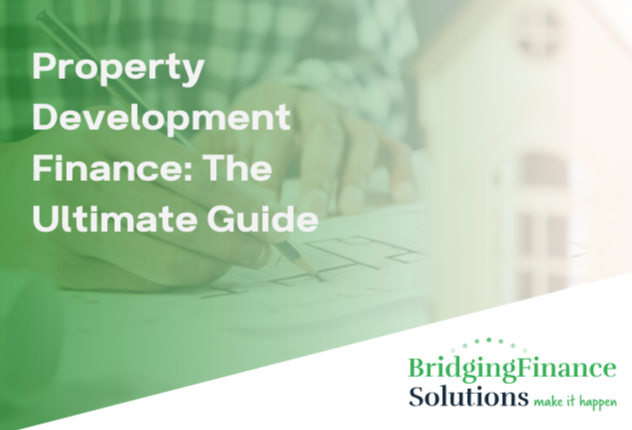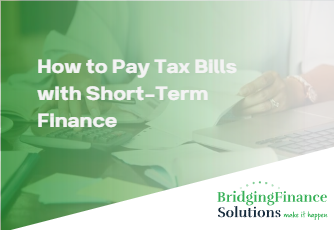
Many Bridging lenders enjoyed a steady 2010 as demand for short-term finance boosted a modest but improving market and this year, the signs are there that we are set to experience more of the same.
Over recent years, bridging has become a more recognised and mainstream form of funding with professional advisors recommending it as a way to quickly facilitate transactions. I expect to see new entrants to the bridging market as the need for short-term finance will remain high with those looking to take advantage of investment opportunities.
Property has long been the staple of the bridging market and despite an overall outlook of caution, more investors are moving into the market to capitalise on attractive property prices. There are double-digit returns to be found in long-term investments, rates of which are rarely found in other secured asset classes.
In particular, these returns are seen in the sub-£150,000 property market, typically concentrated in the North. Over the last few months, I have visited all 30 auction houses we work with across the UK and in cities such as Leeds, Newcastle and Sheffield, markets are buoyant with plenty of investors keen to secure property bargains – enjoying returns of up to 10 per cent.
Traditional lenders will remain cautious in their activity which will impact property transactions and as those banks that received government bailout money are required to repay a combined £750 billion by 2012, there will simply be less cash to lend. Bridging’s role in keeping the market fluid will continue to be a crucial one.
Bridging lenders themselves are often restricted by the market’s appetite for long-term funding and exit routes from short-term facilities. Whilst I can see the market criteria gradually softening in this respect, I don’t foresee any wholesale changes as long-term lenders repair their balance sheets.
A rise in the base rate will also have an impact on the market in 2011 and we are expecting an increase in Quarters 3 and 4 by 25 basis points. This does appear to have already been factored into fixed-rates and stress-testing of facilities at considerably higher levels of base rate plus margin.
Nevertheless, it’s particularly encouraging that the number of new and returning entrants to the investment property funding sector is rising. This will improve competitiveness between lenders and ultimately lower rates for consumers, which will help to drive the sector forward in 2011.
Steve Barber.
Director, Bridging Finance Solutions Group
Published in Business Moneyfacts January 2011




